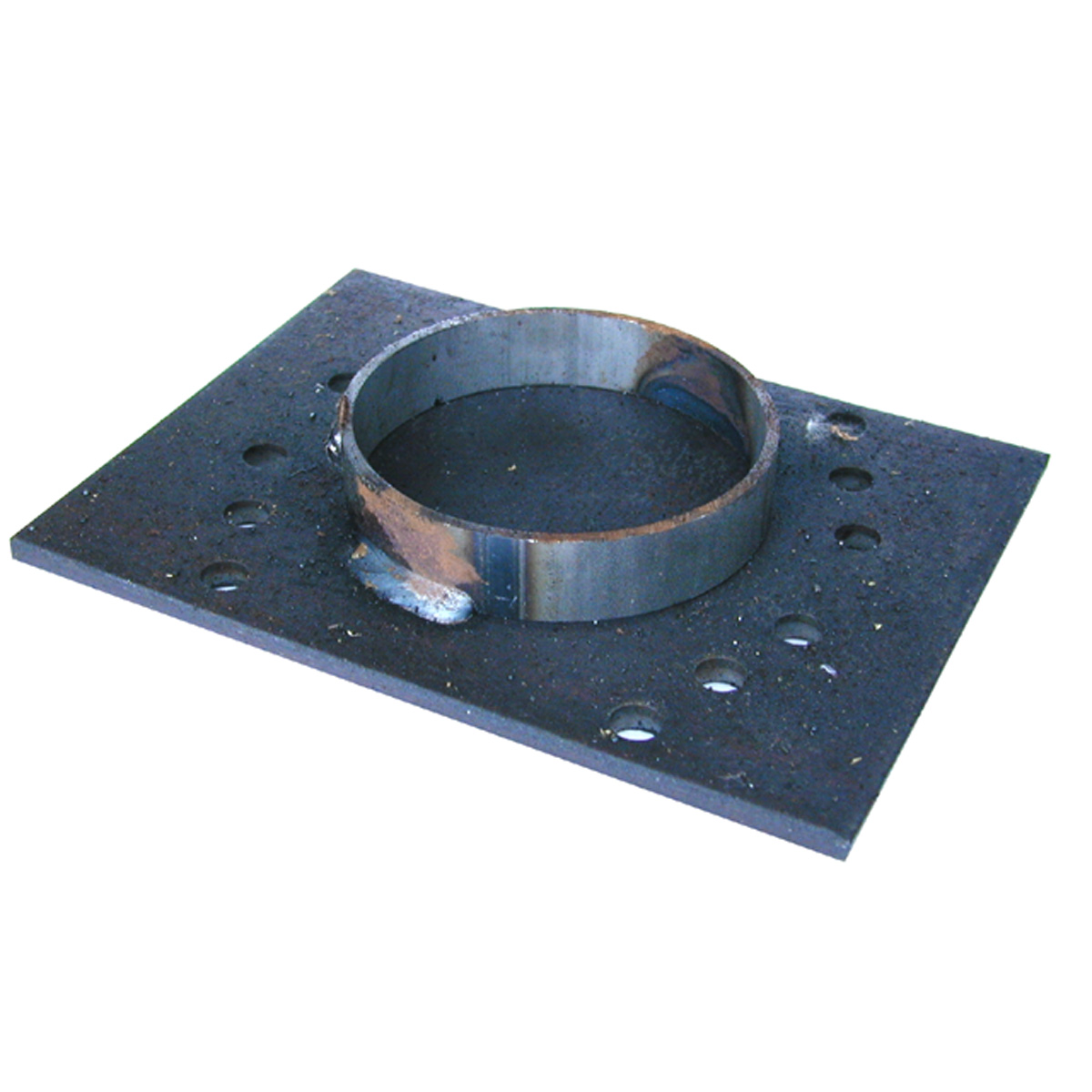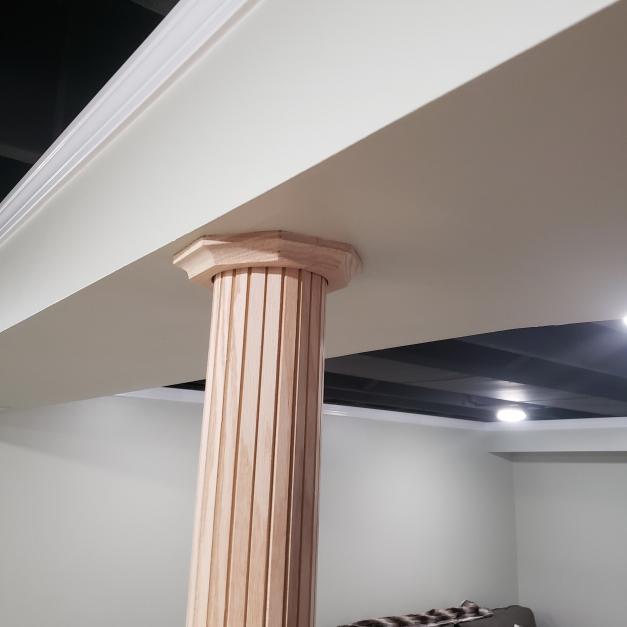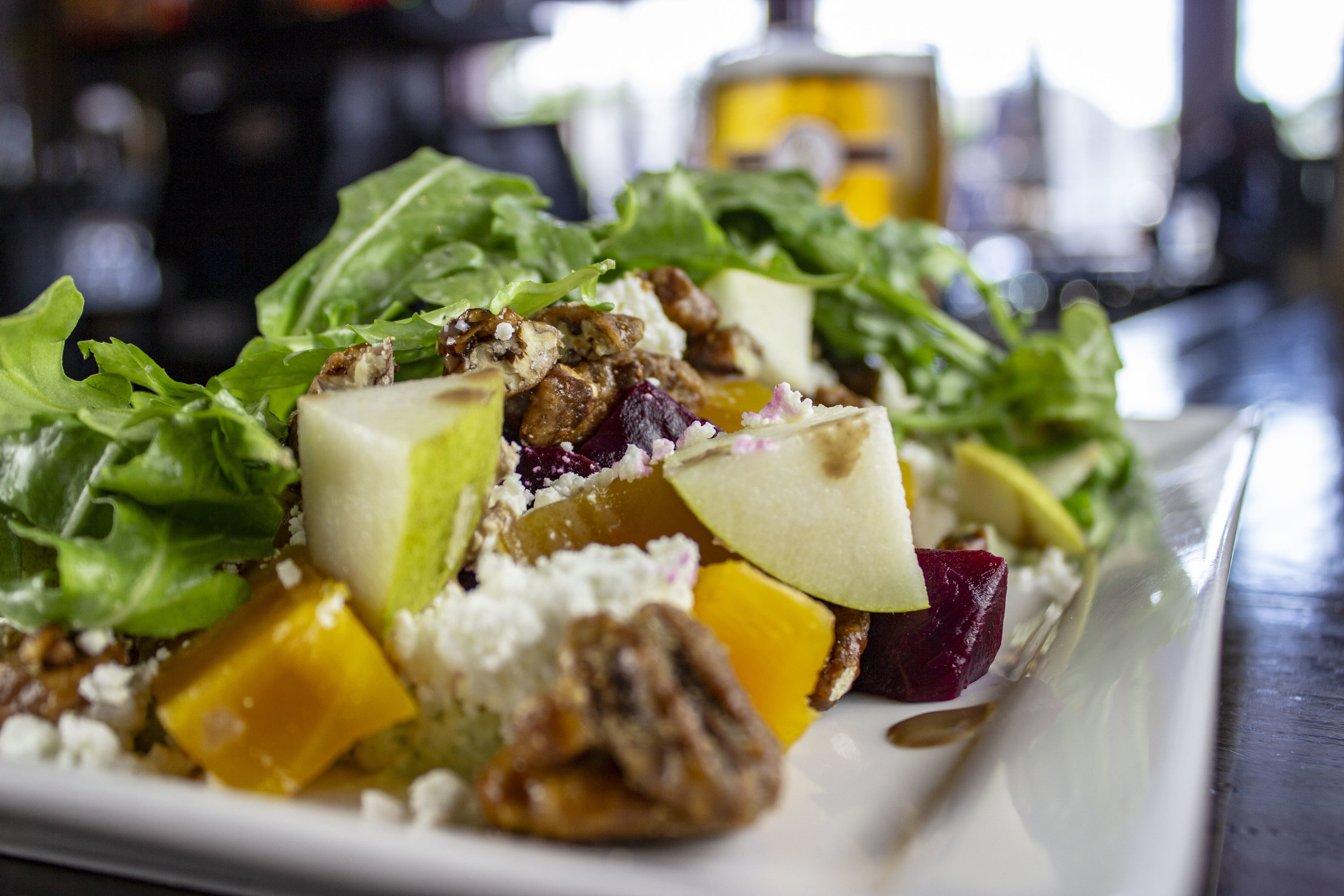Table of Content
Of the 11,654 who were discharged from the army after being wounded, maimed, or contracting serious diseases, 10,751 men, were left disabled. Carter insisted that what he termed "Soviet aggression" could not be viewed as an isolated event of limited geographical importance but had to be contested as a potential threat to US influence in the Persian Gulf region. The US was also worried about the USSR gaining access to the Indian Ocean by coming to an arrangement with Pakistan.
In order to ensure a safe passage the Soviets had negotiated ceasefires with local Mujahideen commanders, so the withdrawal was generally executed peacefully, except for the operation "Typhoon". In the last phase, Soviet troops prepared and executed their withdrawal from Afghanistan, whilst limiting the launching of offensive operations by those who had not withdrawn yet. In May 1985, the seven principal rebel organizations formed the Seven Party Mujahideen Alliance to coordinate their military operations against the Soviet Army. Late in 1985, the groups were active in and around Kabul, unleashing rocket attacks and conducting operations against the communist government.
War crimes
The war created new forms of political participation, in the form of new civil organizations of war veterans , which weakened the political hegemony of the communist party. It also started the transformation of the press and media, which continued under glasnost. MI6 helped the CIA by activating long-established British networks of contacts in Pakistan.

The Nizam, seeking to deflect the Company from their attempts to gain control of the Northern Circars, made overtures to Hyder Ali to launch an invasion of the Carnatic. Company representatives also appealed to Hyder Ali, but he rebuffed to them. The Nizam then ostensibly struck a deal with the Company administration in the Madras Presidency for their support, but apparently did so with the expectation that when Hyder Ali was prepared for war, the deal with the British would be broken. This diplomatic manoeuvring resulted in the start of the First Anglo-Mysore War in August 1767 when a company outpost at Changama was attacked by a combined Mysore-Hyderabad army under Hyder Ali's command. Despite significantly outnumbering the British force , the allies were repulsed with heavy losses. Hyder Ali moved on to capture Kaveripattinam after two days of siege, while the British commander at Changama, Colonel Joseph Smith, eventually retreated to Tiruvannamalai for supplies and reinforcements.
Russian interest in Central Asia
In the meantime, the Calicut minister Mangattachan was also successful in turning Kadannamanna Elavakayil Vellodi to their side. Finally, two Valluvanadu princes were killed in the battles, the Nairs abandoned the settlement and Calicut infested Thirunavaya. In January 1782, General Coote, his health failing, again set out to re-provision Vellore. Hyder did not prevent the re-supply, but shadowed the British back toward Tripassore, offering battle near Sholinghur. Intelligence failures led the main British garrison to become surrounded by this superior force; Colonel Brathwaite and 2,000 men surrendered.

In 1983 the Special Air Service were sent in to Pakistan and worked alongside their SSG, whose commandos guided guerrilla operations in Afghanistan in the hope officers could impart their learned expertise directly to the Afghans. Britain also directly trained Afghan forces, much of which was contracted out to private security firms, a policy cleared by the British Government. In 1985 they helped train Afghans in sabotage, reconnaissance, attack planning, arson, how to use explosive devices and heavy artillery such as mortars.
Soviet personnel strengths and casualties
The Zamorin replied that he should buy what he needed for gold and silver instead of dumping his stock in exchange, and he must pay the usual Calicut customs duties. After some confusion – the warehouse was robbed once – the fleet leaves Calicut in August. An embassy from the Zamorin of Calicut, in which the chief envoy was a Persian-speaking Muslim, came to the Timurid court of Mirza Shahrukh at Herat in the 15th century. Some Herat officials had, some years earlier, on their return journey from the Sultanate of Bengal, been stranded at port Calicut, and on this occasion had been received by the Zamorin of Calicut. Impressed by the description of the Timurid influence, the Zamorin decided to send his own embassy to Herat.
One of these was afterwards imitated by the Zamorin called Virarayan Putiya Panam, to distinguish it from the coin of Kannur, which then became Pazhaya Panam. The four Pazhaya Panams made a Rupee while three and half Putiya Panams equalled a Rupee. The Zamorin of Calicut derived greater part of his revenues by taxing spice trade. Trade – both coastal and overseas – was dominated the Muslims, though Jews, Chettis from Coromandel Coast, and Vanias from Gujarat all traded in and from Calicut. The Muslim traders included natives as well as Muslims from the Middle East.
In 1768, Hyder Ali lost two grabs and 10 gavilats in a naval skirmish with forces of the East India Company. He was left with eight garbs and ten galivats, most of them damaged beyond repair. Hyder had in the mean-time descended into Tanjore, with severe consequences.

In 1766, Hyder Ali defeated the Zamorin of Kozhikode – an East India Company ally at the time – and absorbed Kozhikode into his state. For his role in these activities Hyder Ali was rewarded by Devaraja with the jaghir of Bangalore. In 1757 Hyder Ali was called to Srirangapatna to support Devaraja against threats from Hyderabad and the Marathas. Upon his arrival he found the Mysorean army in disarray and near mutiny over pay. While Devaraja bought his way out of the threats to Srirangapatna, Hyder Ali arranged for the army to be paid and arrested the ringleaders of the mutiny.
These had proved a failure in the Falklands War and had been mothballed by the British army, but were available on the international arms market. Around fifty Launchers and 300 Missiles were delivered and the system nevertheless proved ineffective; thirteen missiles were fired for no hits and it was eventually supplanted by the US Stinger missile. The mujahideen were also sent hundreds of thousands of old British army small arms, mostly Lee Enfield rifles, some of which were purchased from old Indian Army stocks. They also included limpet mines which proved the most successful, destroying Soviet barges on their side of the Amu River. The arms included FIM-43 Redeye and 9K32 Strela-2 shoulder-fired, antiaircraft weapons that they initially used against Soviet helicopters.

The demarcation of the mountainous region resulted in an agreement, signed with the Afghan Emir, Abdur Rahman Khan, in 1893. At present the Zamorin of Calicut is trustee to 46 Hindu temples (under Malabar Devaswom Board, as Madras H. R & C. E Act 1956) in northern Kerala, including five special grade temples, which generate a substantial revenue. The Zamorin also has a permanent seat on the Guruvayur Sree Krishna Temple's managing committee. Zamorin’s high school – situated overlooking the Tali temple – was established in 1877 and the family manages the Zamorin’s Guruvayurappan College.

No comments:
Post a Comment